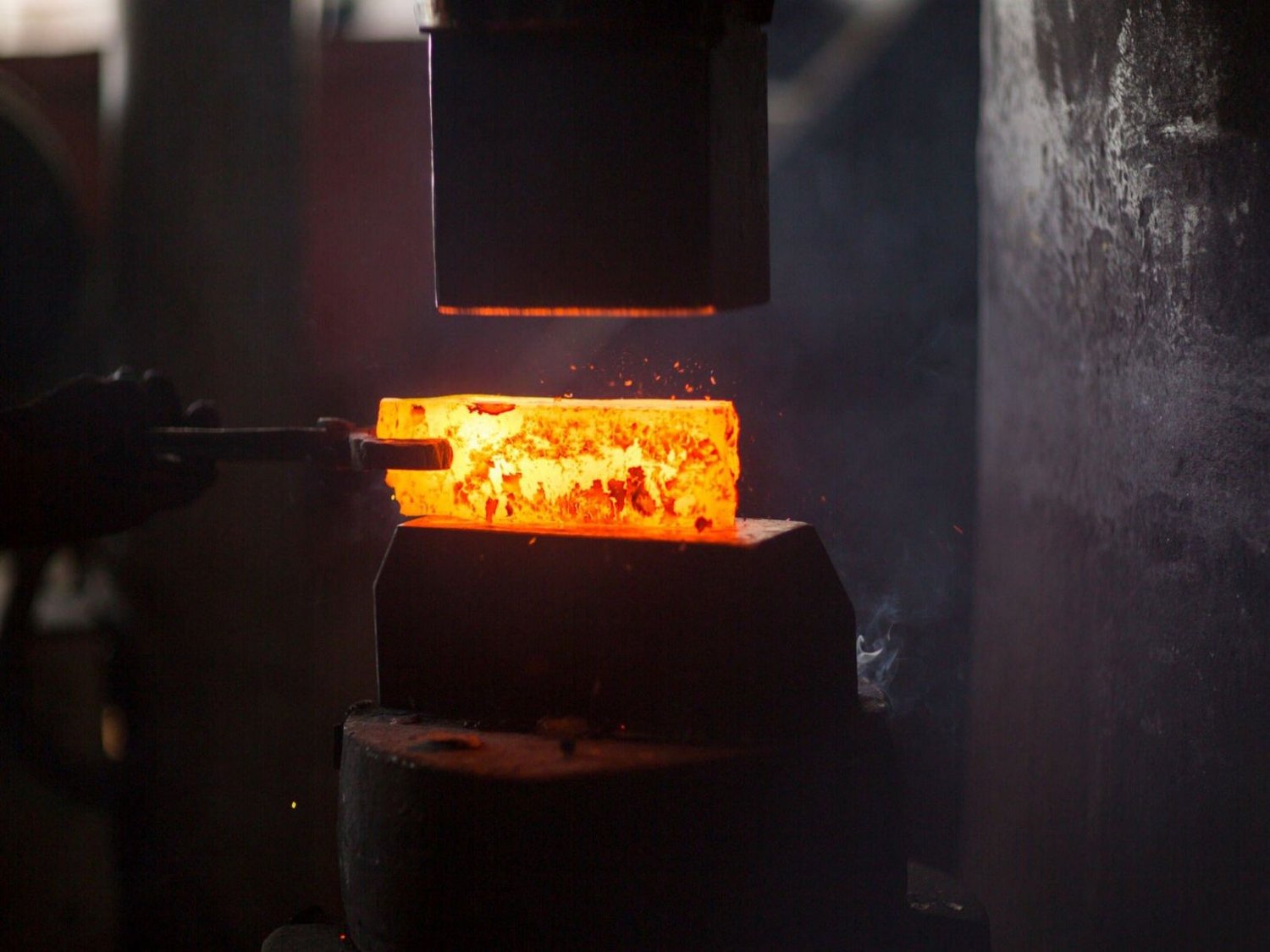Table of Contents

Understanding the Behavior of Titanium under Heat
When it comes to understanding the behavior of materials under different conditions, titanium is a fascinating metal to study. As one of the strongest and most lightweight metals, it has a wide range of applications in various industries. However, what happens when titanium is heated? In this article, we will delve into the phenomena and explore the effects, transformations, and applications of titanium when exposed to heat.
The Melting Point of Titanium
Before we explore the behavior of titanium when heated, let's first take a closer look at its melting point. Titanium has a relatively high melting point of approximately 1,668 degrees Celsius (3,034 degrees Fahrenheit). This means that titanium requires a significant amount of heat to transition from a solid to a liquid state. The high melting point of titanium is one of the factors that contribute to its exceptional strength and resistance to heat.
Oxidation and Formation of Titanium Oxide
When titanium is heated, it undergoes a process called oxidation. This occurs when the metal reacts with oxygen in the air, forming a layer of titanium oxide on its surface. Titanium oxide is a protective layer that acts as a barrier against further oxidation. The formation of this layer is one of the reasons why titanium exhibits excellent corrosion resistance, even at high temperatures.
Color Changes in Heated Titanium
As titanium is heated, it undergoes a fascinating transformation in terms of color. At lower temperatures, titanium exhibits a silver-gray color. However, as the temperature increases, it transitions through shades of gold, purple, and even blue. This phenomenon, known as the "anodization effect," is a result of the interference of light waves with the oxide layer formed on the surface of titanium.
Phase Transformations of Titanium
Heating titanium can also induce phase transformations within the metal. Titanium has several allotropic forms, meaning it can exist in different crystal structures. As it is heated, titanium transitions from its α-phase (hexagonal close-packed) to its β-phase (body-centered cubic) at around 880 degrees Celsius (1,616 degrees Fahrenheit). This phase transition significantly affects the mechanical properties of titanium, making it more ductile and easier to shape.
Strengthening through Heat Treatment
Heat treatment is a process commonly used to enhance the properties of metals, including titanium. When titanium is heated to specific temperatures and then rapidly cooled, it undergoes a process called quenching. This process can increase the hardness and strength of titanium by creating a fine-grained microstructure. Heat treatment techniques, such as annealing and solution treatment, can further modify the properties of titanium to suit various applications.
Applications of Heated Titanium
The unique properties of titanium when heated make it a sought-after material in several industries. One of the notable applications is in aerospace engineering, where titanium's high strength-to-weight ratio and resistance to heat make it ideal for aircraft components, such as engine parts, airframes, and landing gears. Titanium is also used in the medical field for implants, as it is biocompatible and does not react with the human body. Other applications include automotive components, sports equipment, and chemical processing.
Thermal Expansion and Contraction
Like many metals, titanium expands when heated and contracts when cooled. This property, known as thermal expansion and contraction, is an important consideration in engineering applications. Titanium's coefficient of thermal expansion is relatively low compared to other metals, which means it experiences minimal dimensional changes when exposed to temperature variations. This stability is highly valued in industries where precision and dimensional accuracy are crucial.
Effects of Extreme Heat on Titanium
While titanium is known for its excellent heat resistance, extreme temperatures can still have adverse effects on the metal. At temperatures exceeding its melting point, titanium will eventually melt and lose its structural integrity. Additionally, prolonged exposure to high temperatures can lead to the degradation of the protective oxide layer, increasing the susceptibility of titanium to corrosion. It is important to consider these limitations when utilizing titanium in high-temperature environments.
Conclusion
Titanium, a remarkable metal renowned for its strength and lightweight nature, exhibits various interesting phenomena when exposed to heat. From the formation of a protective oxide layer to color changes and phase transformations, titanium's behavior under heat is intriguing. Through heat treatment, titanium can also be strengthened and tailored to meet specific requirements. The diverse applications of heated titanium span across aerospace, medical, and other industries, where its unique properties are harnessed. Understanding the behavior of titanium under heat is essential for optimizing its usage and unlocking its full potential.
